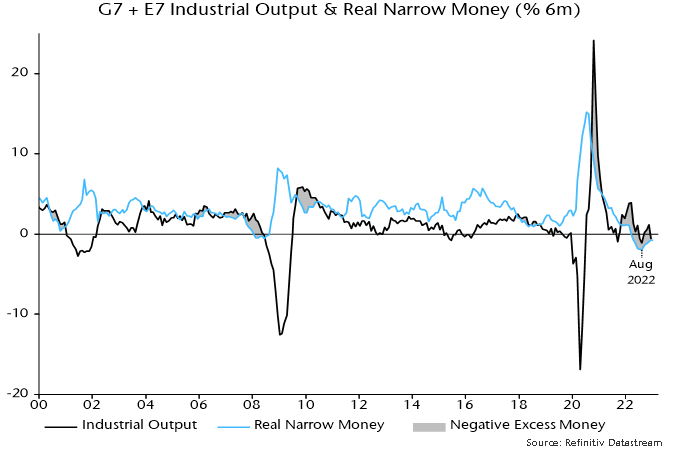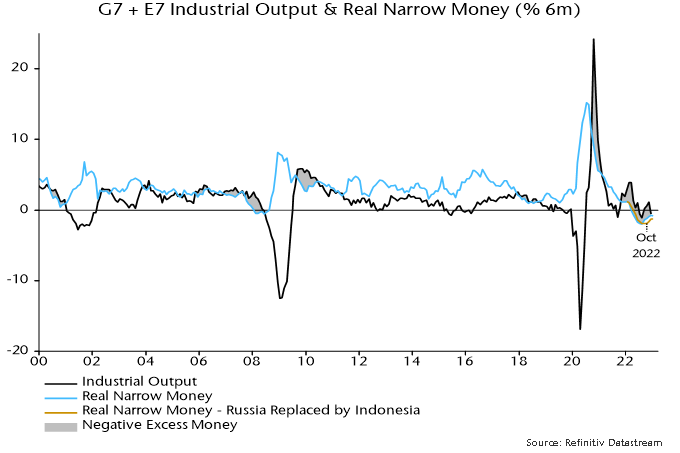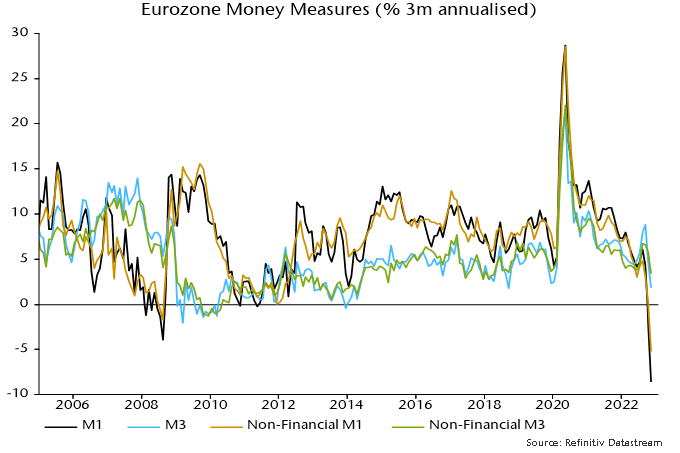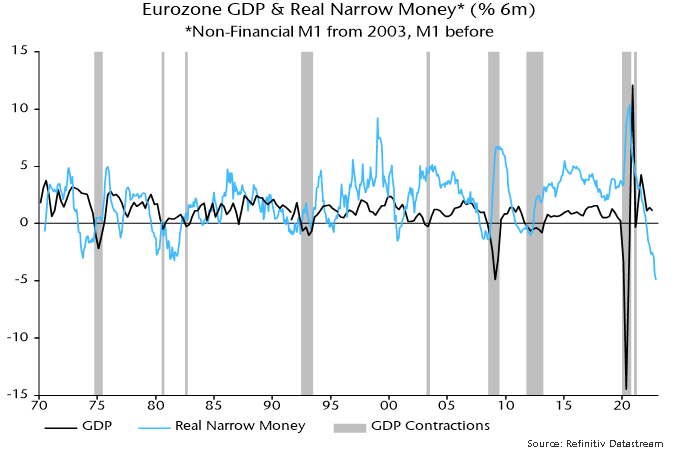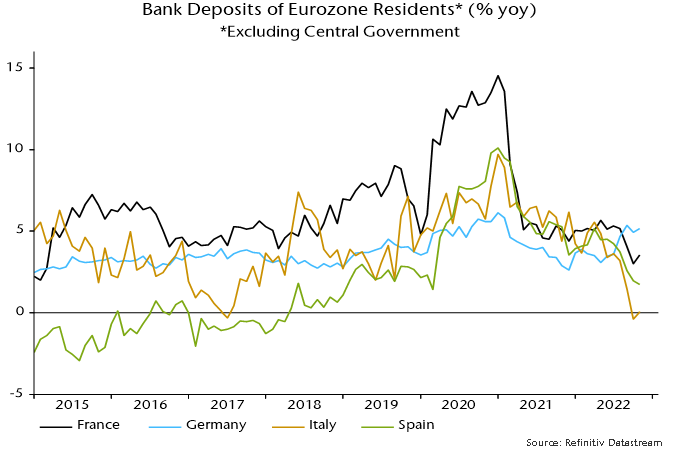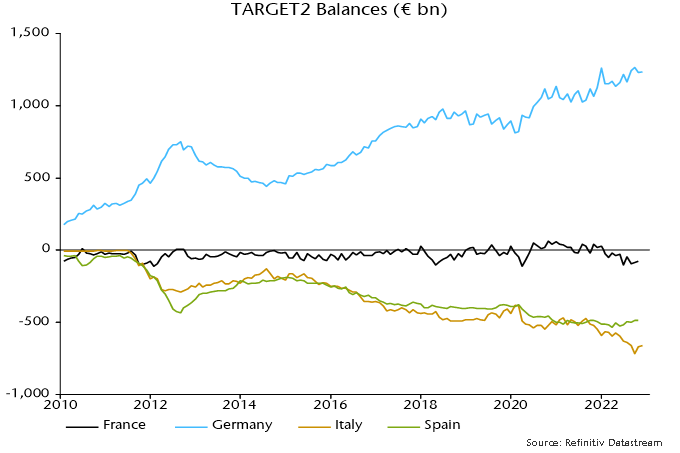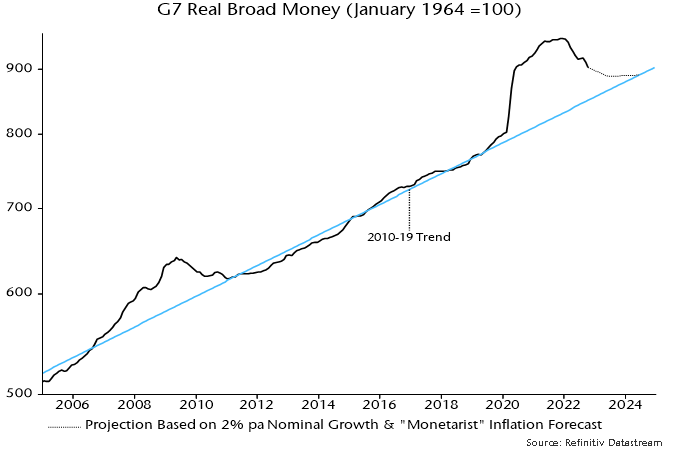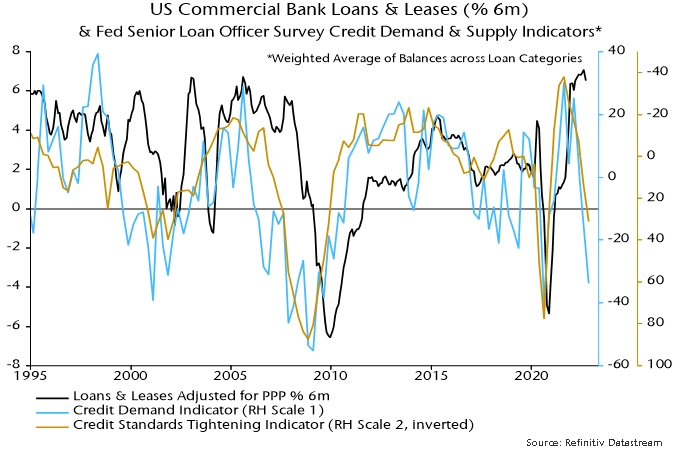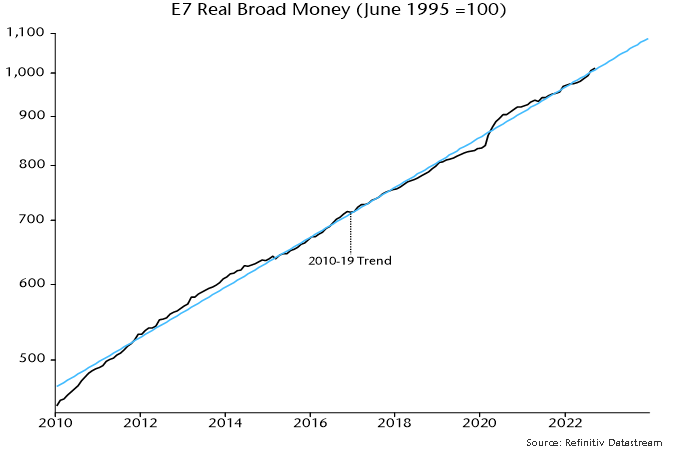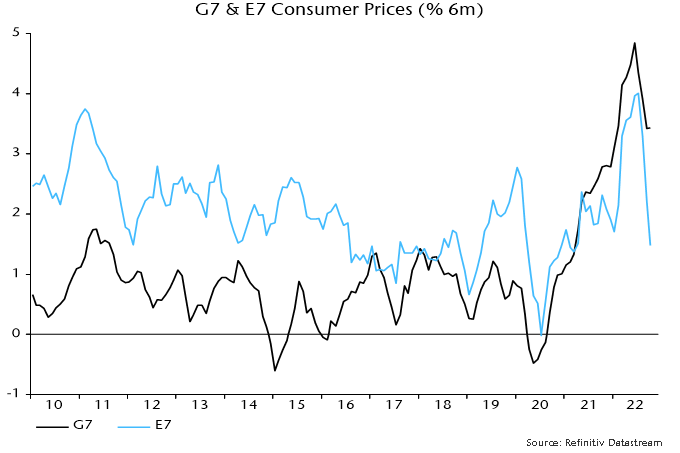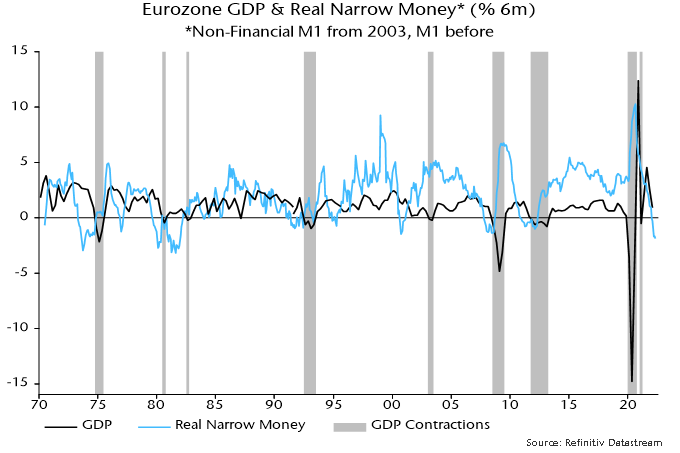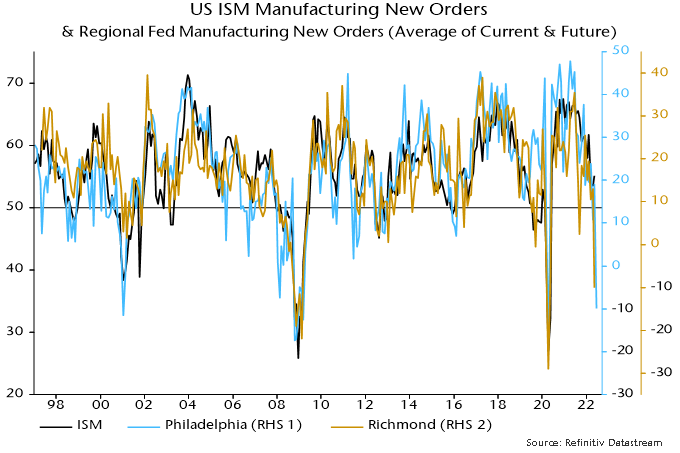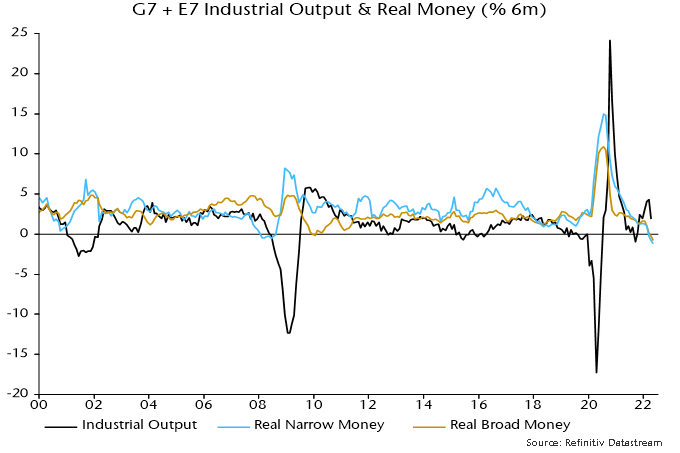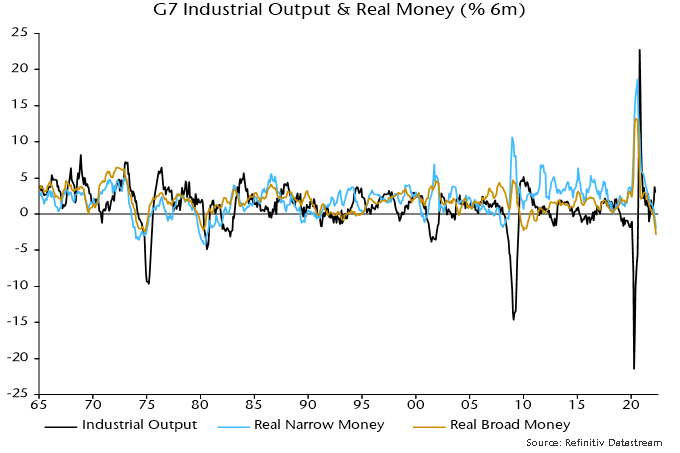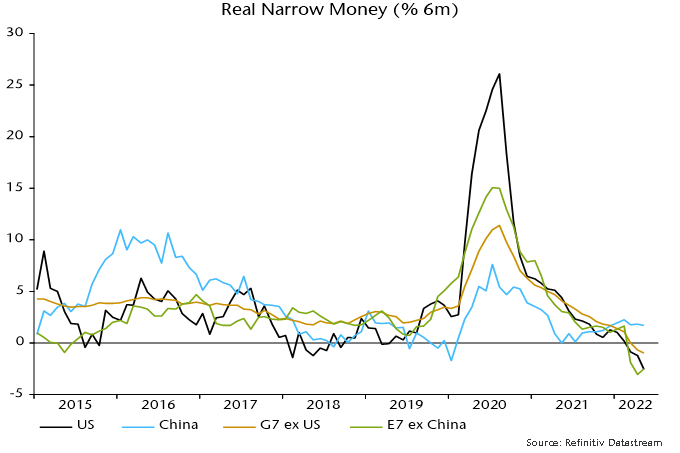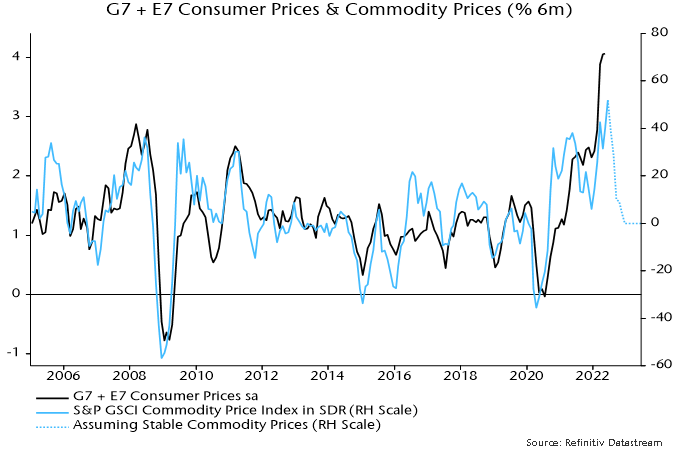
Fonds Connor, Clark & Lunn Inc. (Fonds CC&L) est heureuse d’annoncer deux portefeuilles axés sur le rendement absolu sous forme de fonds alternatifs liquides, soit le Fonds mondial neutre au marché CC&L II et le Fonds d’actions mondiales longues/courtes CC&L (les Fonds).
Le Fonds mondial neutre au marché CC&L II cherche à obtenir un rendement positif et intéressant à long terme après correction du risque, présentant une faible corrélation avec les marchés boursiers traditionnels, et moins volatil que ces derniers. Cote de risque : Faible à moyenne.
Le Fonds d’actions mondiales longues/courtes CC&L vise à procurer une plus-value du capital à long terme et des rendements corrigés du risque intéressants en investissant activement dans un portefeuille de titres à court et à long terme. Cote de risque : Moyenne.
Pour gérer les Fonds, Fonds CC&L a retenu les services de Gestion de placements Connor, Clark & Lunn Ltée (Gestion de placements CC&L), établie à Vancouver; cette entité est l’une des plus importantes sociétés de gestion de placements privées au Canada, avec près de 20 ans d’expérience dans la gestion de stratégies de placement non traditionnelles pour les investisseurs institutionnels.
« Nos clients nous ont dit qu’ils veulent avoir accès à des placements non traditionnels de calibre institutionnel, gérés par une équipe qui a un historique de bons résultats, dans le but d’obtenir un fonds alternatif liquide. En lançant ces deux nouveaux portefeuilles, nous atteignons ces objectifs et offrons aux conseillers en placement et à leurs clients deux profils de risque et de rendement intéressants parmi lesquels choisir », a déclaré Tim Elliott, président et chef de la direction de Fonds CC&L.
« Nous sommes ravis que ces solutions de placement non traditionnelles soient offertes à un plus grand nombre d’investisseurs canadiens. Comme nous sommes passés à un contexte caractérisé par des taux d’intérêt et une inflation structurellement plus élevés, nous nous attendons à ce que les cycles de marché soient plus courts, que la volatilité soit plus élevée et que les rendements des actifs risqués conventionnels soient plus faibles. Dans un tel contexte, nous croyons qu’il deviendra plus important pour les investisseurs d’intégrer des sources de rendement indépendantes des marchés boursiers et obligataires afin d’améliorer les résultats du portefeuille », a déclaré Martin Gerber, président et chef des placements à Gestion de placements CC&L.
Fonds CC&L et Gestion de placements CC&L sont des sociétés affiliées du Groupe financier Connor, Clark and Lunn (CC&L), dont la structure à multiples sociétés affiliées réunit les talents d’équipes de placement diversifiées qui offrent une vaste gamme de solutions de placement traditionnelles et non traditionnelles. CC&L est l’un des plus importants gestionnaires de placements indépendants au Canada; il gère plus de 104 milliards de dollars d’actifs pour le compte d’investisseurs institutionnels et particuliers.
À propos des fonds
Offerts en parts de série A et de série F, les fonds sont conformes au cadre réglementaire des fonds communs de placement non traditionnels offerts par prospectus simplifiés. Les parts des fonds sont vendues par l’intermédiaire de courtiers en placement titulaires d’un permis; leur prix est évalué quotidiennement et elles pourront être rachetées quotidiennement. Le fonds est offert au moyen de FundServ.
À propos de Fonds Connor, Clark & Lunn Inc.
Fonds Connor, Clark & Lunn Inc. (les Fonds CC&L) noue des partenariats avec des institutions financières canadiennes de premier plan et leurs conseillers en placement afin d’offrir des stratégies de placements institutionnelles uniques à des investisseurs particuliers, grâce à une gamme de fonds, de placements alternatifs liquides et de comptes en gestion distincte choisis avec soin.
En limitant sa gamme à un groupe de solutions de placement en particulier, Fonds CC&L est en mesure d’offrir des stratégies uniques conçues pour améliorer les portefeuilles traditionnels des investisseurs. Pour obtenir des précisions, consultez le site cclfundsinc.com.
À propos de Gestion de placements Connor, Clark & Lunn Ltée
Gestion de placements Connor, Clark & Lunn Ltée (Gestion de placements CC&L) est l’une des plus importantes sociétés de gestion de placements indépendantes au Canada (elle appartient à ses associés) et gère un actif de 54,2 milliards de dollars. Fondée en 1982, elle propose une gamme diversifiée de solutions de placements traditionnels (actions, titres à revenu fixe et placements équilibrés) et non traditionnels (stratégies neutres au marché, à alpha portable et à rendement absolu).
CC&L fait partie du Groupe financier Connor, Clark & Lunn (Groupe financier CC&L), une société de gestion d’actifs dotée d’une structure multientreprise, dont les sociétés affiliées gèrent collectivement un actif financier de plus de 104 milliards de dollars. Pour de plus amples renseignements, consultez le site cclinvest.com.
À propos du Groupe financier Connor, Clark & Lunn Ltée.
Le Groupe financier Connor, Clark & Lunn Ltée (Groupe financier CC&L) est une société de gestion d’actifs indépendante à multiples sociétés affiliées qui offre une vaste gamme de solutions de gestion de placements traditionnelles et non traditionnelles aux investisseurs institutionnels et individuels. Le Groupe financier CC&L procure une envergure et une expertise considérables qui permettent d’assumer des fonctions administratives qui ne sont pas liées aux placements tout en laissant les gestionnaires de placement se concentrer sur ce qu’ils font le mieux grâce à la centralisation des activités liées aux opérations et à la distribution. Les sociétés affiliées du Groupe financier CC&L gèrent un actif de plus de 104 milliards de dollars. Pour obtenir des précisions, consultez le site cclgroup.com.
Personne-ressource
Lisa Wilson
Directrice, Produits et service à la clientèle
Fonds Connor, Clark & Lunn Inc.
416 864-3120
[email protected]


